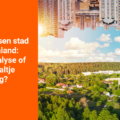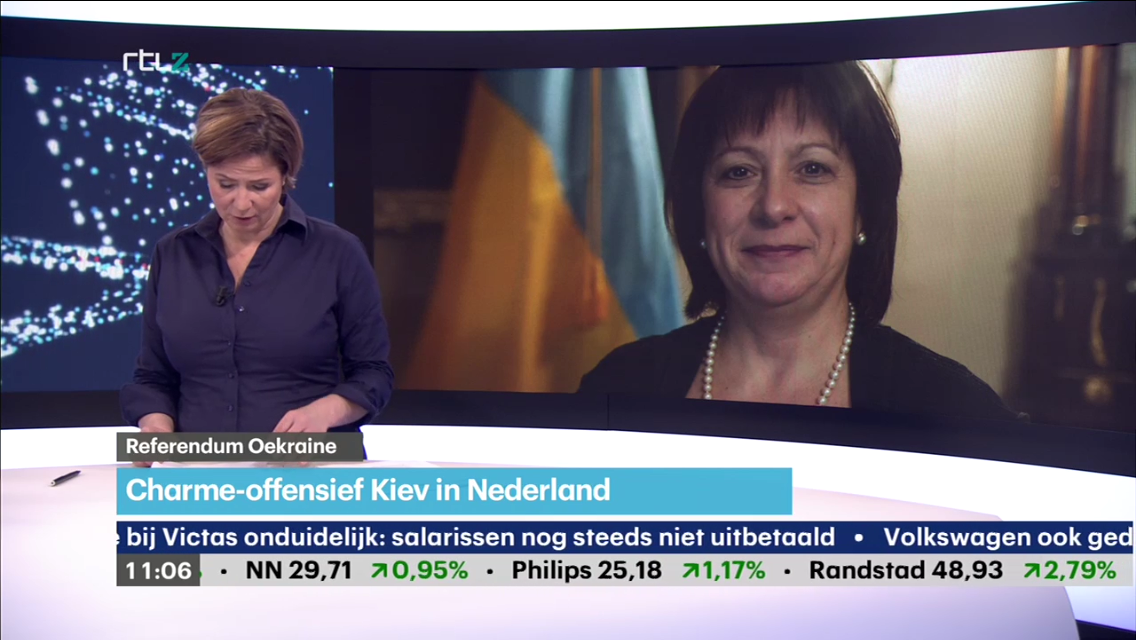
The gap between (Rand)stad and the rest of the Netherlands
An interesting by-catch of the protests of the past few days was the resurfacing of a long-dormant issue, which is becoming increasingly visible not only in the Netherlands but also in the rest of the world; the gap between city and countryside, in our case the gap between (Rand) city and the rest of the Netherlands. A gap that has multiple dimensions and as Froukje de Jonge, acting mayor of Stadskanaal recently stated at a conference on # polarization: “our residents do not feel disadvantaged, our residents are disadvantaged”.
Of course, we must all look at how we can help our agricultural sector and the construction sector to become more sustainable and limit the negative impact on our (living) climate. The same also applies, for example, to Schiphol, the Rijnmond region and all industrial activities in the Randstad, as well as the daily traffic congestion(s) in that part of the Netherlands and its influence on the well-being of the people living in Randstad.
The gap between the Randstad and the rest of the Netherlands is not new and was already put on the agenda by the CDA ten years ago when the migration of young people from the countryside to the city began to take on increasing proportions. Partly inspired by a lack of economic prospects in the areas outside the Randstad and the resulting shortage of facilities; In that respect, prosperity and well-being go hand in hand. And due to a lack of good facilities and a scarcity of well-trained staff, we end up in a vicious circle with unfortunately few exceptions such as Brainport.
This growing gap could be a good reason for our government and our politicians to include it in new measures and legislation. It may not help that the vast majority of MPs live in the Randstad and the rest of the Netherlands is “underrepresented”. Now is the time to enter into dialogue with the rest of the Netherlands before things escalate further. And to look beyond a short-term solution that is limited to, for example, the impact of the agricultural sector on the climate. It should be clear that behind the recent protests lies a deeper sense of misunderstanding and dissatisfaction that requires vision and structural solutions.
And last but not least, an upcoming but postponed renovation of the House of Representatives and the Binnenhof may offer a pragmatic but also fun solution: let our representatives move into the country in the coming years, a different province every month. No expensive traveling circus, but clever use of existing, available space in the rest of the country so as not to widen the gap between Randstad & The Hague and the rest of the Netherlands.





